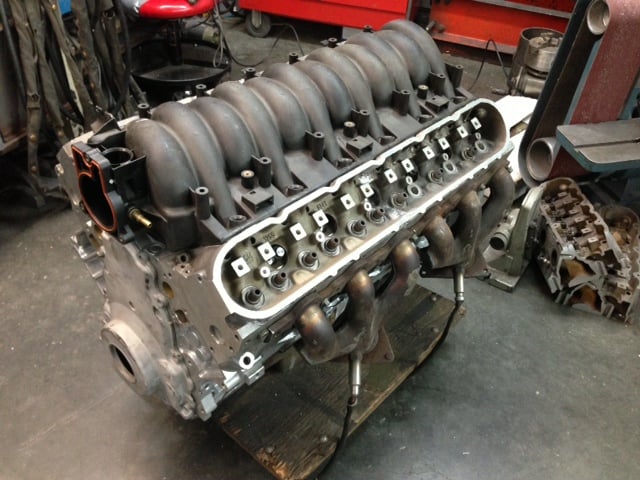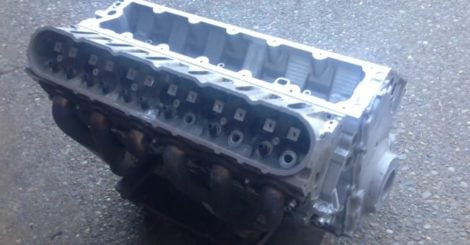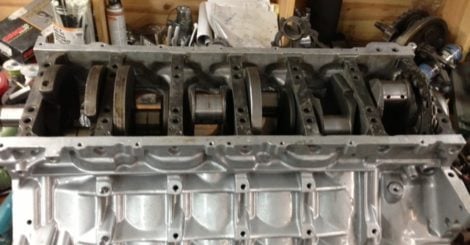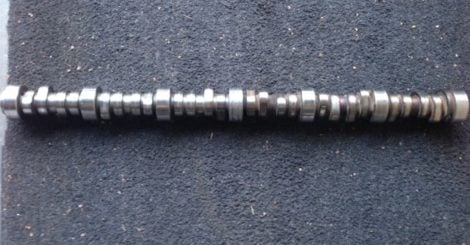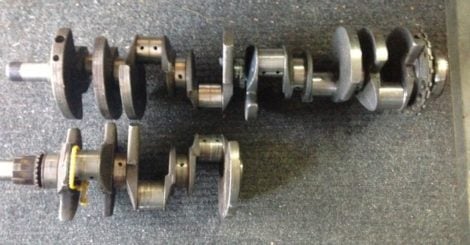LSV12 walk around [1] from LSV12 [2] on Vimeo [3].
A couple of guys from the northwest have made a lot of waves in the LS world lately with a unique engine build they’ve been putting together in their own garage. Believe it or not, these mad scientists have been taking aluminum LS engines and skillfully slicing them into sections, and then welding them back together to create fully functional V-12 Frankenstein LS engines.
Now like many of you, “Photoshop” was the first thing that ran through our minds when we first saw the pictures of the LS12 [5], but as we did a little digging we quickly realized that this engine is the real deal and having the incredible skill required to pull off a project like this isn’t actually outside the realm of possibility. We had to know more, so we contacted one of the builders; a gentleman named Ray, from Seattle, Washington.
“The inspiration for these started with the desire to make a large aircraft V12,” says Ray. [Editor’s Note: As you might already know, many WWII fighter planes like the legendary P51 Mustang were powered by 1,000 plus horsepower V-12s, so it was a natural fit for aviation.] “I was working on an aircraft project, and I wanted a challenge and something new, so we started experimenting on Buick 215 blocks. We made a few of those, and then graduated to the LS platform.”
One of the most difficult parts of the build is ensuring that everything is clocked just right, especially with the cam and crank. Ray tells us, “We utilize several indicators and degree wheels to make sure the cams and cranks are clocked correctly – but I won’t go too deep into that though; trade secret and all.”
As with anything this far out of the ordinary, there will be plenty of skeptics around to point out the potential flaws. In the case of the LS12 [5] many folks are finding it hard to believe that stressed parts like cams and cranks will actually hold up under a load. When we asked him about this, he laughed and said, “We have around 50 years of combined welding experience and some of the best equipment you can purchase. We do have a pretty good idea of what we’re doing.” As you might expect, setting up the crank and cam are two of the most difficult parts of the build.
As it turns out, Ray and his buddies have already made two complete and running LS12s; one for a P51 replica and one for a Chevy Suburban. They currently have enough parts put together to make about five complete LS12 long blocks. The one they are currently working on will be getting a 1471 Littlefield blower with a custom intake manifold, and might find its way into a long-nosed 240Z. A FAST [13] EFI system tuned by Brian Macy [14] at Horsepower Connection [15] will handle the engine management of the 12-cylinder.
 [16]
[16]Ray and his buddies are working on a custom intake manifold that will allow them to bolt up this massive Littlefield blower on the LS12.
Ray tells us there’s still some work to do, but be expecting videos of the running LS12 in the near future. Keep it tuned here for more updates on this incredible LS project!
